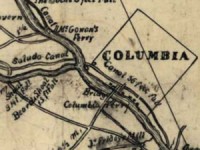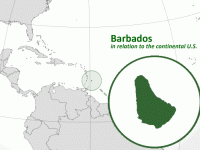HISTORY: Operation Lost Trust
S.C. Encyclopedia | Operation Lost Trust was arguably South Carolina’s largest and longest-running political scandal. Including the investigation, trials, and retrials, the Operation Lost Trust saga extended from 1989 to 1999.












 We Can Do Better, South Carolina!
We Can Do Better, South Carolina!

























Recent Comments